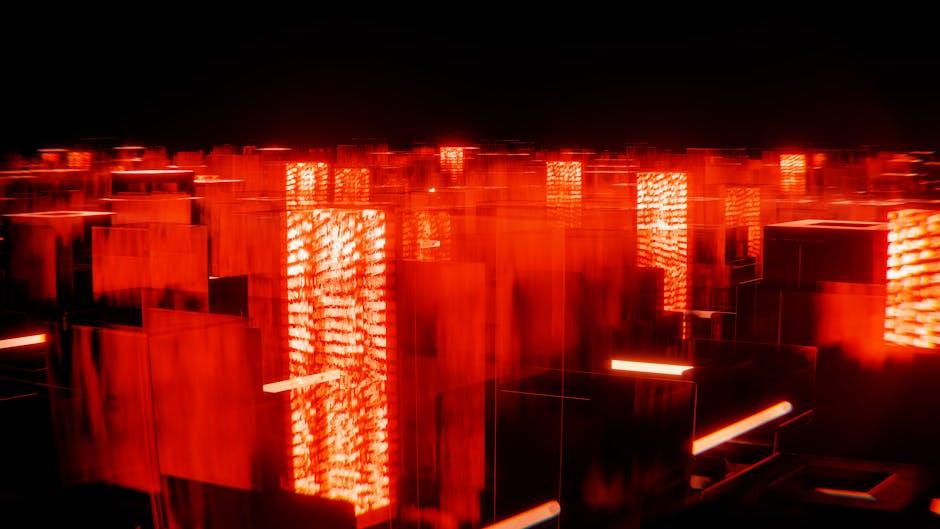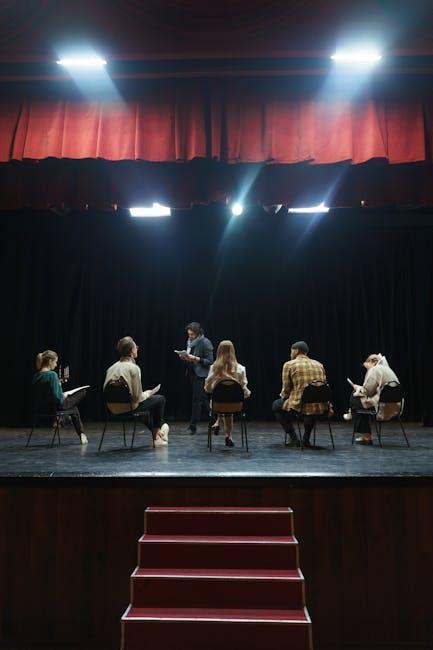In the ever-evolving world of filmmaking, virtual production stands as a beacon of technological marvel, offering directors and producers unprecedented creative freedom. Yet, as digital landscapes replace physical sets and actors find themselves performing amid green screens and motion-capture suits, a question arises: Are these innovations compromising the authenticity of performances? This article delves into the heart of this cinematic conundrum, exploring whether the digital revolution is a friend or foe to the art of acting. Join us as we navigate the intricate interplay between technology and emotion, examining the impact of virtual production on the craft that breathes life into storytelling.
Exploring the Illusion: The Impact of Virtual Production on Actor Authenticity
The emergence of virtual production has transformed the landscape of filmmaking, blurring the lines between reality and digital creation. This innovative approach allows for intricate worlds to be built and modified in real-time, providing actors with dynamic, ever-changing environments. However, this technological marvel raises questions about the authenticity of performances. Are actors able to fully connect with their characters when surrounded by green screens and digital backdrops?
Pros of Virtual Production:
- Enhanced flexibility and creative freedom for filmmakers.
- Ability to visualize complex scenes and environments in real-time.
Challenges Faced by Actors:
- Difficulty in forming genuine connections with digital co-stars.
- Potential for distraction due to the lack of tangible surroundings.
While virtual production offers remarkable advantages in terms of creativity and efficiency, the impact on actor authenticity remains a subject of ongoing debate. The absence of physical sets and props can hinder an actor’s ability to fully immerse themselves in their roles, potentially leading to performances that feel less grounded. As technology continues to evolve, the industry must strive to find a balance that preserves the heart of storytelling while embracing the future of filmmaking.

Behind the Green Screen: Navigating Emotional Depth in a Digital Realm
In the era of virtual production, the traditional boundaries of acting are being redefined. The digital realm offers a plethora of tools and techniques that allow for seamless integration of visual effects and live-action performances. However, this technological advancement raises the question of whether actors are able to maintain the same level of emotional authenticity when surrounded by green screens and digital environments. The absence of tangible sets and props can sometimes lead to a disconnect, making it challenging for performers to fully immerse themselves in their roles.
Yet, many argue that virtual production provides new opportunities for creativity and expression. Actors are now tasked with:
- Embracing innovative storytelling techniques
- Adapting to evolving technologies
- Harnessing their imagination to fill in digital gaps
These challenges can lead to a deeper exploration of character and emotion, as performers must rely heavily on their internal processes rather than external cues. The key lies in striking a balance between technological advancements and the raw, emotional depth that defines a truly compelling performance.
Balancing Reality and Technology: Strategies for Genuine Performances
- Embrace the Environment: Actors can enhance their performances by immersing themselves in the virtual world. Encourage them to interact with the digital elements as if they were tangible, fostering a sense of realism that translates into their acting.
- Prioritize Human Connection: Directors and actors should focus on maintaining eye contact and emotional exchanges with fellow performers, even in a virtual setting. This helps preserve the human element, ensuring performances remain genuine.
- Blend Techniques: Combining traditional acting methods with digital tools can bridge the gap between reality and technology. Techniques such as method acting or improvisation can be adapted to fit virtual environments, providing a more authentic portrayal.
- Continuous Feedback: Implementing regular feedback sessions during production allows actors to adjust their performances in real-time, ensuring they stay true to the character and narrative despite the digital backdrop.
- Training and Workshops: Offering specialized training in virtual production tools and environments can equip actors with the skills needed to navigate and perform convincingly in digital landscapes.

Enhancing Authenticity: Recommendations for Actors in Virtual Environments
To elevate authenticity in virtual environments, actors can embrace several strategies that harmonize their craft with the digital domain. Immersing oneself in the character’s world is crucial; actors can benefit from understanding the technological tools at their disposal, using them to enhance rather than hinder performance. Collaborating closely with directors and technical teams can help bridge any gaps between traditional acting methods and the demands of virtual production.
- Embrace Technology: Familiarize yourself with the virtual tools to enhance your performance, rather than viewing them as obstacles.
- Character Depth: Focus on building a robust backstory and emotional depth for your character, ensuring these elements shine through, even in digital formats.
- Feedback Loops: Establish continuous feedback channels with directors and fellow actors to adapt and refine your performance dynamically.
By adopting these approaches, actors can craft performances that resonate with audiences, ensuring that virtual production becomes an ally in storytelling rather than a barrier to authenticity.

